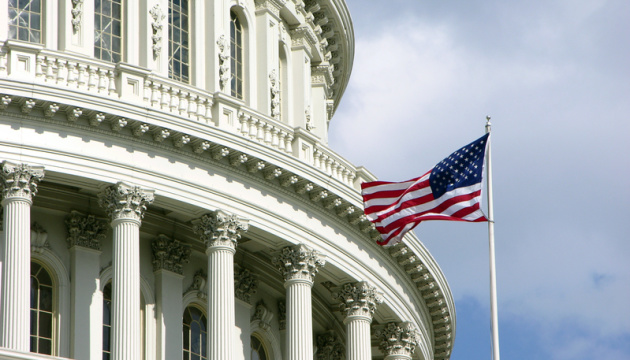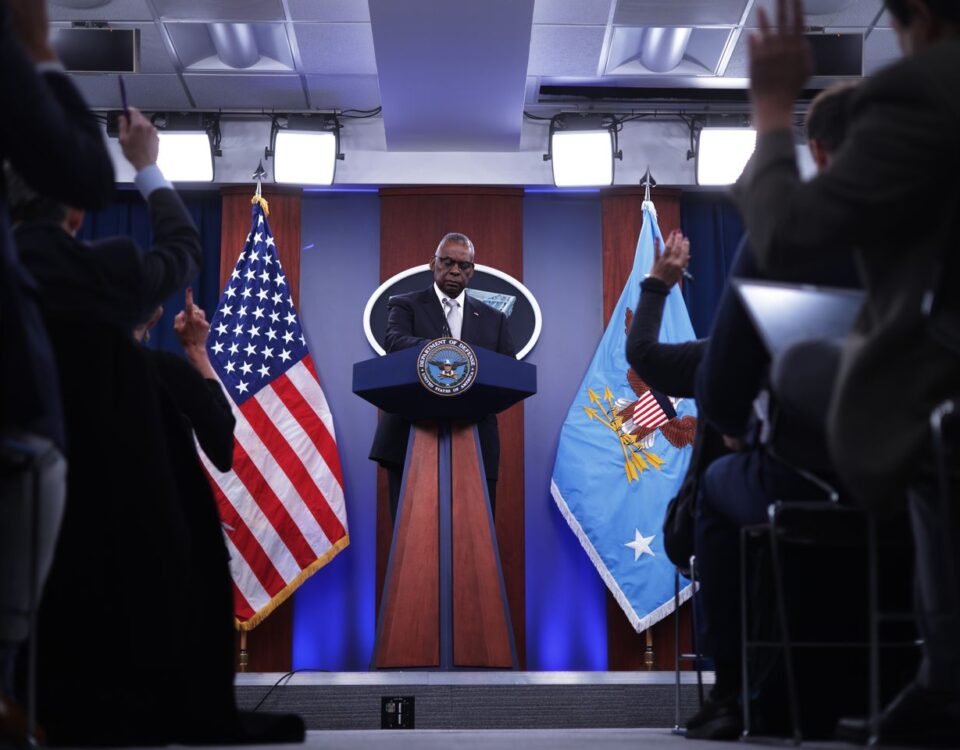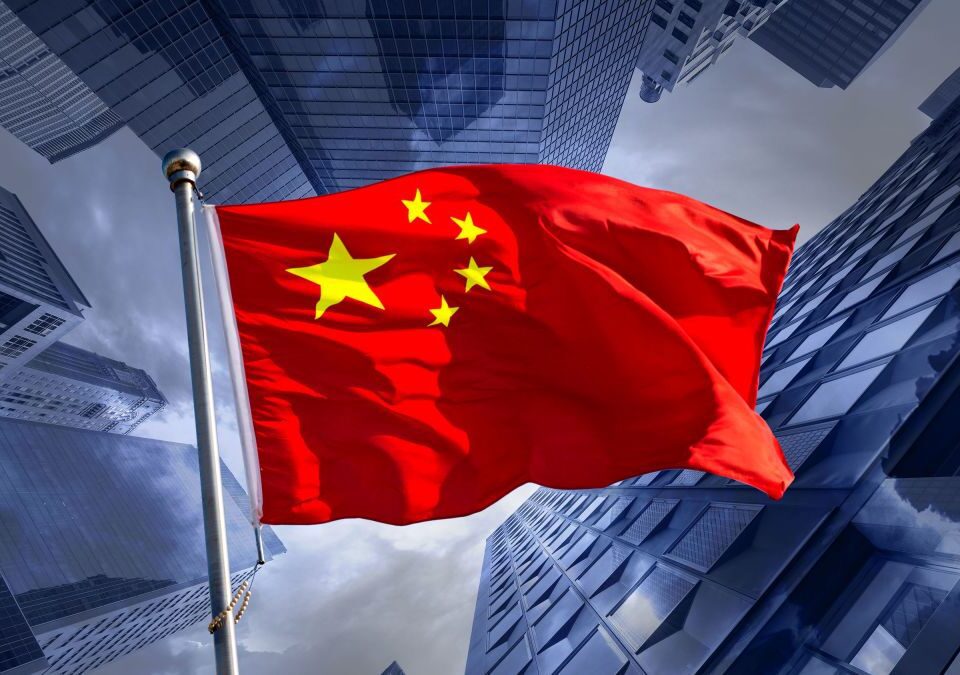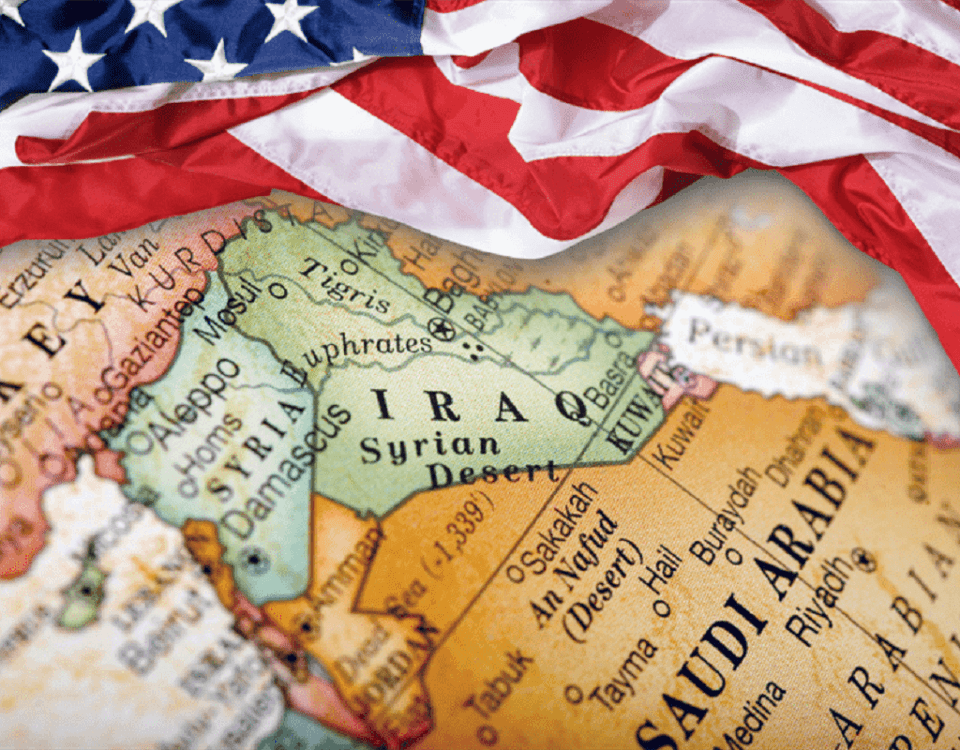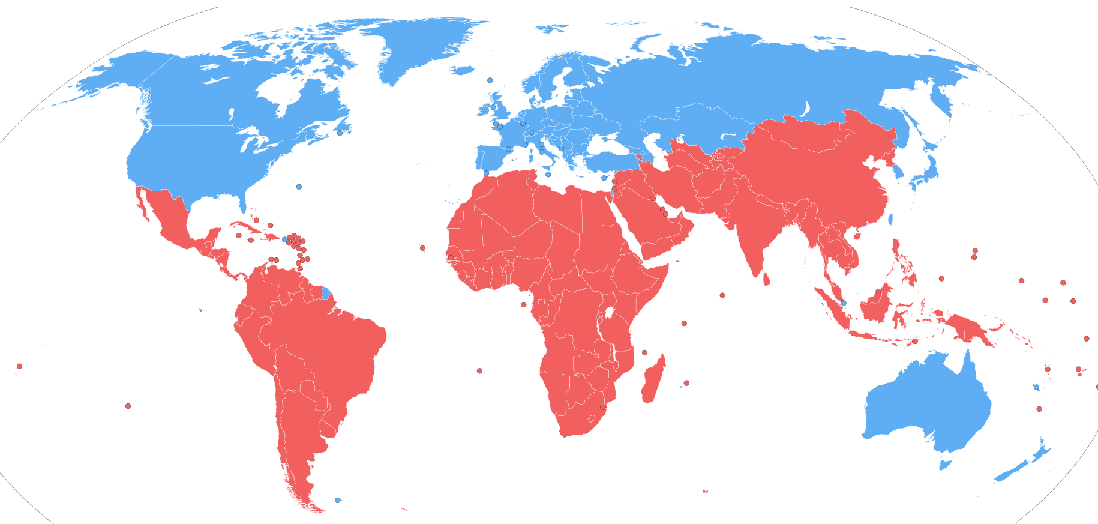
COVID-19: Denouement of Neo-liberalism?
April 18, 2020
Religious Lockdown in India: Where should Muslims go?
May 13, 2020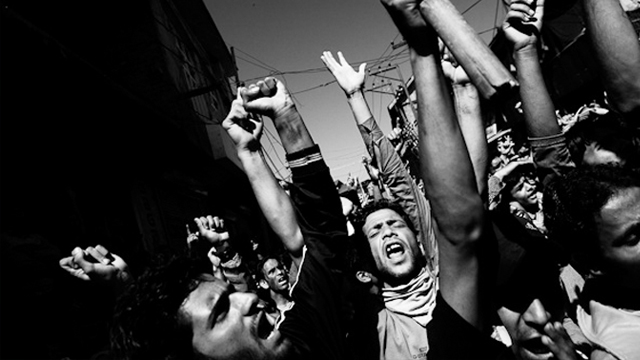
Dr. Maria Saifuddin Effendi
Disasters are both man-made and natural. Within a year in Indian held Kashmir, Modi-made disaster brought more brutality and violence since August 2019 than the natural one of Covid-19 in March 2020 and onwards. India has utilized these 8 months to play up with its Kashmir policy through a two pronged strategy of traditional and non-traditional security. 5th August 2019 commenced a new era and added a newer dimension to the Kashmir conflict. Not only that it has changed the legal status of Indian held Kashmir from being semi-autonomous to assimilated state of Indian Union, it has also sabotaged the 70 year old freedom struggle of Kashmiris. Kashmiris have been shedding blood, losing youth as young as a 6 month old or in some cases unborn children. The ultra-nationalistic Indian policies towards Kashmir have consolidated their resolve more to win freedom from Indian oppression. The abrogation of article 370 and 35 (A) from Indian constitution has changed the fate of Kashmir. It is now part of India with two union territories; Laddakh and Jammu and Kashmir. Though the semi-autonomous status under article 370 and 35 (A) did not make Kashmir violence free or sovereign enough to function on its own but it used to run its state government and people from other states wouldn’t have any property claim or permanent residence in Kashmir.
From 5th August 2019, Kashmir is under strict rather inhumane security lock down. There is complete media and information blackout including no access to wifi/internet and cellular networks. More Indian forces are deployed in the valley to tighten the curfew and also to take more coercive measures. Basic freedoms such as freedom of expression were already curbed, now freedom of movement, travel and communication is also suppressed. Mosques are locked and Muslims were not allowed to offer Eid-ul-Azha prayers right after 4 days in the lockdown on 9th August 2019. Young men are abducted and taken to unknown places by Indian forces; there is shortage of food supplies; basic necessities are not provided and the state of health care is absolutely grim and deteriorating. House arrest of mainstream political leaders (Syed Ali Gilani, Umar Farooq, Farooq Abdullah, Omar Abdullah, Mehbooba Mufti etc. few of them are released though); peaceful protests, demonstrations, campaigning, and activism – anything that symbolizes democratic rule is strictly forbidden in democratic India’s Kashmir. Silencing voice of Kashmiris, snatching away their basic rights to live is referred as ‘security’ lock down in Kashmir so to curtail a threat for triggering violence in the valley in immediate post 5th August 2019.
Hindutva driven policies against Muslim minority have already diminished Nehruvian dream of secular democracy
Security lockdown brought three new dimensions. One, while the Hindutva driven policies against Muslim minority have already diminished Nehruvian dream of secular democracy, 5th August 2019 has made international community realized that the Kashmiri freedom struggle has always been indigenous. There is a continuous human rights violation by Indian state and army against Muslims in Kashmir and this revoking of the autonomous status is one such example. It has also reduced the political participation and role of local Kashmiri politicians. The promulgation of new domicile law in Kashmir in March 2020 is also another attempt to alter the Muslim dominating demography of Kashmir by providing rights of residence to non-Kashmiris who have lived for minimum 15 years or have attended high school in Kashmir. Therefore, Kashmiri freedom struggle is a reaction and response to Indian oppression and violation of their basic human rights.
Two, the age-old hue and cry and even claim of India about the status and territory of Kashmir as “not disputed” is also invalidated by the abrogation of the articles. If Kashmir was not disputed, why Indian government had to change the ‘(semi)autonomous’ status of Kashmir (which was part of Indian constitution since 1949) and merge it into federal arrangements of India as two union territories? It is more of an occupation or annexation of a state. A country does not attempt to “occupy or annex” its own state/province/or city. Third, by scrapping the articles, India has internalized the international conflict of Kashmir more which is going to cost it both internally and externally. Internally, Indian social fabric is going to be more divisive and radicalized. Making policies based on racial or religious hatred is like milking a snake which is lethal one way or another. Insurgencies and separatist movements are common phenomenon in many states of India. Seven states in up north; Nagaland, Assam, Manipur, Tripura, Meghalaya, Mizoraam and Arunachal Pardesh and 100s dormant and active ethno-national and insurgent groups have already given divided image of the country rather than portraying it positively heterogeneous. Discriminatory policies for Kashmir or Indian Muslims will ultimately ignite other ethnic and religious minorities too and this will have spillover effect on overall Indian politics, tourism economy, society and its image abroad.
Coming towards the next section of our analysis; human security lockdown, life is not much changed or different with the spread of Covid-19 in Indian held Kashmir. From continuous security lockdowns, communication and media blackouts to Pandemic quarantine, Kashmir is becoming a boiling pot that can have volcanic eruption at any point of time. Partial internet connectivity (with no high speed and many senseless restrictions) was restored in first week of March 2020 after longest internet black out of almost 8 months. Access to news channels, live streaming, social and news media websites are already hampered with 2G speed. This also blocks flow of internet information on pandemic alerts, updates on Covid-19 and also sites for preparatory or preventive measures. Covid-19 is public health emergency in a normal world where social distancing and quarantine is a new phenomenon. New normal is an old normal for Kashmiris with heavy Indian military presence in the valley. According to many local and international analysts, Kashmir is the most ill-prepared and understaffed state to cope with Covid-19 patients in India. In one of the analysis published in The Telegraph, Jammu and Kashmir is referred as the ‘hotspot’ for Covid-19 in India. The medical staff, medical equipment and testing kits are not sufficient as per number of population. 5000 testing kits, more medical and para-medical staff could not be transported/commuted because of the strict lock down. Moreover, being a heated conflict zone and due to continuous violence, the general infrastructure for public health facilities is devastated. Medical professionals from other states also don’t prefer to be stationed in Kashmir and that is one of the reasons why the pandemic is spreading fast in the valley. Three staff members are supposed to treat 96 patients of Covid-19 with limited or no supply or access to protective gears and may acquire masks once a week. There are only 215 ventilators to cater the need for life saving and urgent medical relief of 13 million population.
By not providing sufficient medical care and preventive measures, Covid-19 is going to be another way or tool of India’s genocide against Kashmiris
With this bleak situation, Kashmir is not only suffering from its age old traditional conflict but also on basic health front. By not providing sufficient medical care and preventive measures, Covid-19 is going to be another way or tool of India’s genocide against Kashmiris as per one of the criteria of UN Convention on the Punishment and Prevention of the Crime of Genocide 1948. Insufficient medical facilities coupled with new domicile policy to provide permanent residence to non-Kashmiris are leading to a major demographic change in Kashmir. It would be transformed as “Hinduized” valley by diminishing Muslim majority of Jammu and Kashmir through genocidal policies under both security and human security lockdowns since August 2019.
The multi-pronged strategy of India to Hinduize Kashmir and wiping out Kashmiri Muslim population seems winning slowly and gradually. Past eight months were living hell for Kashmiris in both traditional and human security lock downs. Covid-19 is not taken as a major threat to humanity in Indian held Kashmir where humanity is already going through genocide every day. Civil rights, liberties, health care and facilities, free information flow on Covid-19, better medical care, providing protective gears, ventilators and enhancing capacity and capability of medical staff and para medics are certainly luxury or a distant dream to Kashmiris whose survival to breath has always been at stake since 1947. Forced quarantine, social/physical/media/economic and political distancing have been part of routine life. If pandemic doesn’t kill Kashmiris, pellet guns, heavy shelling have long been serving the purpose. The international community needs to empathize with Kashmiris for their plight since long. It’s a high time to accept Kashmir as a global humanitarian crisis where guns and disease are wiping out Kashmiri generation from the valley. Campaigning, activism and diplomatic pressure should be exerted on India from global community and the UN to stop its atrocities against Kashmiris and step towards a peaceful and sustainable solution.
Dr. Maria Saifuddin Effendi is Assistant Professor at National Defence University, Islamabad



